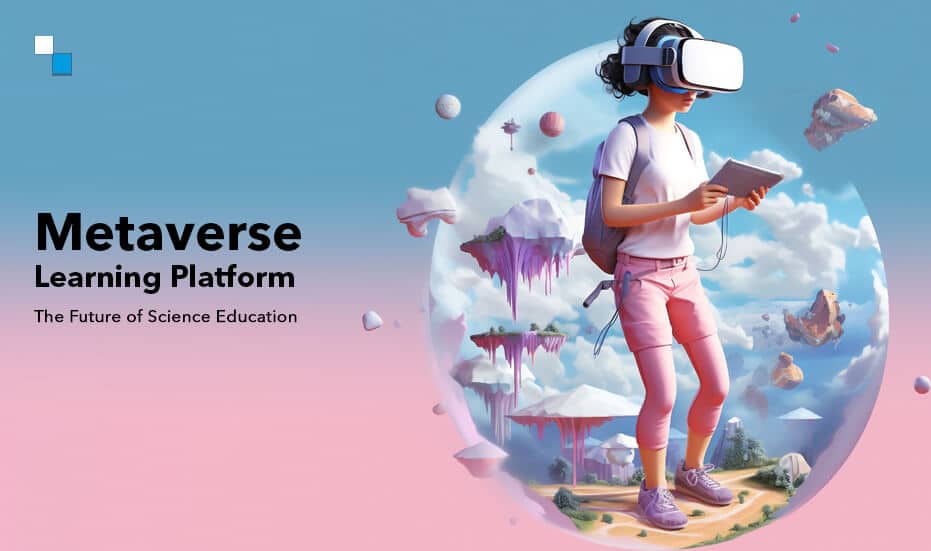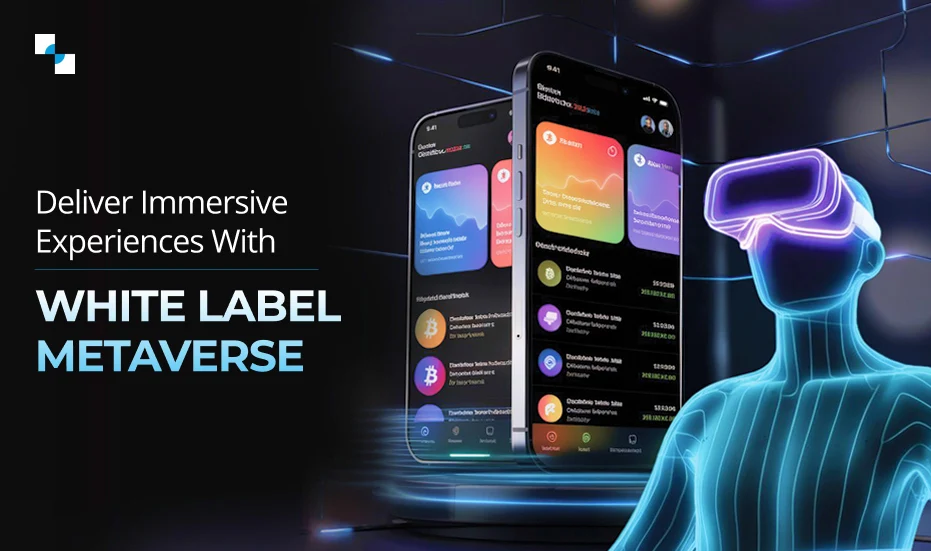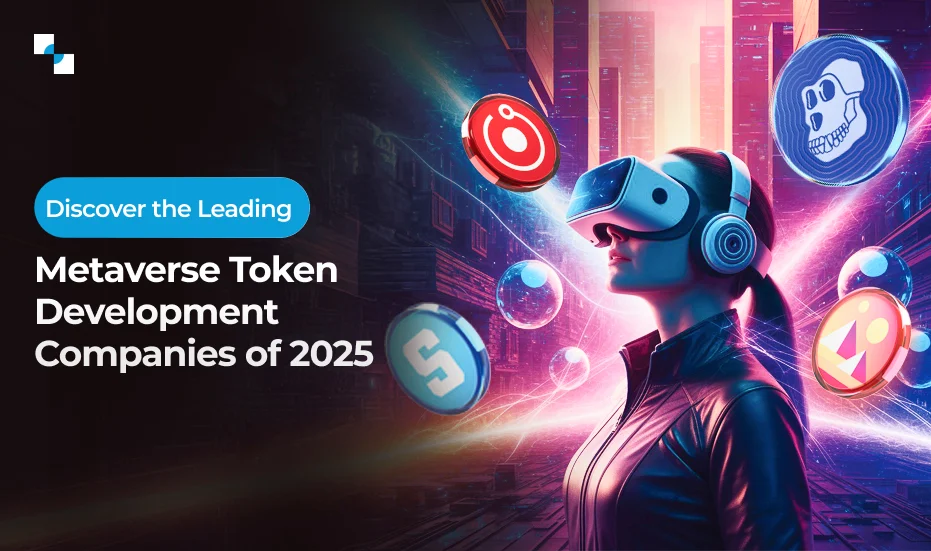In the fast-paced world of education, traditional teaching methods often struggle to engage students effectively. However, with the advent of the Metaverse platform for education, science learning has been revolutionized. Virtual learning platform development enables educators to provide practical knowledge to their students about physics, chemistry, and biology. With its experiential learning approach, Metaverse enables students to explore complex concepts in an engaging and interactive manner.
Make Science Learning Interactive and Immersive
With Metaverse, students can dive into a three-dimensional virtual environment that brings science to life. From exploring the mysteries of DNA replication to unraveling the complexities of quantum physics, the platform offers a diverse range of immersive experiences.
One such example is the simulation of chemical reactions, where students can witness the interactions between different elements and observe the outcomes firsthand. Through this hands-on approach, the Metaverse platform for education fosters a deeper understanding of scientific concepts by allowing students to actively participate in the learning process.
Enhance Understanding of Physics Principles
Physics can often be a challenging subject for students due to its abstract nature. However, virtual learning platform development can simplify complex principles and make them more accessible.
By using Metaverse, students can build and experiment with virtual models of physical phenomena. From demonstrating the laws of motion to exploring the applications of electromagnetism, the interactive simulations provided by Metaverse enable students to visualize and comprehend these concepts with ease. This practical approach allows students to bridge the gap between theory and real-world application, enhancing their overall understanding of physics.
Uncover the Wonders of Chemistry
Chemistry, with its intricate formulas and reactions, can overwhelm students. Metaverse’s extensive resources provide an immersive learning experience that simplifies this intricate subject.
Metaverse platform for education enables students to create virtual laboratories where they can conduct experiments safely in a controlled environment. From synthesizing compounds to understanding the complexities of organic chemistry, students can perform diverse experiments, observe reactions, and analyze the outcomes. This hands-on approach fosters greater understanding, enabling students to grasp the fundamental concepts of chemistry and apply them to real-world scenarios.
Explore the Intricacies of Biology
Biology encompasses a vast array of topics, ranging from cellular structures to intricate ecosystems. Metaverse employs interactive environments to unravel the complexities of this diverse field.
Virtual learning platform development makes it easier for educators to explain the human body in detail, from the microscopic level of cells to the intricacies of organ systems. Students can witness the processes of photosynthesis in plants or observe the intricacies of animal behaviors in virtual habitats. Metaverse platform for education facilitates a deeper understanding of biological concepts by providing an immersive experience. It fosters a connection between theoretical knowledge and practical application.
How Science Education Can Be Made More Impactful with Metaverse?
Science education plays a critical role in shaping the minds of future generations and fostering a deep understanding of the world around us. By integrating the metaverse into science classrooms, educators can provide students with a rich and immersive learning experience that goes beyond traditional textbooks and lectures.
1. The Power of Visualization
One of the key advantages of incorporating the metaverse into science education is the ability to visualize complex scientific concepts. Instead of relying solely on textual descriptions or static images, students can now interact with 3D models and simulations that bring scientific phenomena to life. Whether it’s exploring the intricacies of a human cell or witnessing the effects of gravitational forces, the metaverse enables students to see, not just read, about scientific principles in action.
2. Active Participation and Engagement
Science education goes beyond passive reading; it requires active participation and engagement. With the Metaverse platform for education, students can actively engage in experimentations and simulations, which allows them to apply their knowledge and gain valuable hands-on experience. This interactive approach not only enhances conceptual understanding but also fosters critical thinking, problem-solving skills, and collaboration among students.
3. Cost-Effective Alternative
Setting up fully equipped laboratories for science experiments can be expensive and impractical for many educational institutions. This is where the metaverse offers a cost-effective alternative. By leveraging virtual reality and augmented reality technologies, students can conduct experiments in a virtual environment without the need for expensive lab equipment. This not only saves costs but also enables a broader range of experiments and simulations that may otherwise be challenging to replicate in a traditional classroom setting.
4. Bridging the Gap between Theory and Practice
Science education often involves a gap between theoretical concepts learned in the classroom and their practical applications. Virtual learning platform development helps bridge this gap by building a platform where students can directly apply their knowledge and see the real-world implications of scientific principles. From designing and testing chemical reactions to exploring the impacts of climate change, the metaverse offers a realistic and immersive experience that connects theory with practice.
5. Promoting Accessibility and Inclusivity
Socio-economic factors and physical limitations can sometimes impede students’ access to high-quality science education. However, with the metaverse, these barriers can be overcome. Students from all backgrounds can have equal access to immersive science learning experiences through the Metaverse platform for education. Additionally, students with physical disabilities or limitations can participate in experiments and simulations in a virtual environment, ensuring inclusivity and equal opportunities for all.

Virtual Learning Platform Development- Essential Things to Consider
In today’s digital era, metaverse learning platforms have become increasingly popular for their convenience and accessibility. Educational institutions and organizations are searching for effective virtual learning platform development solutions. However, it is essential to consider certain factors before taking a step forward for building a Metaverse platform for education. Here are some essential things to consider when developing a virtual learning platform:
1. Choosing the Right Subjects
When developing a virtual learning platform, it is crucial to choose the right subjects that cater to the intended audience. Consider the needs and interests of the learners and offer a diverse range of subjects to engage their attention. Whether it’s mathematics, languages, science, or humanities, ensure that the content is relevant, up-to-date, and aligned with the learners’ educational goals.
2. Age Group Considerations
Another essential aspect to consider is the age group of the target audience. Educational requirements and learning approaches differ significantly across different age groups. When designing a Metaverse platform for education, it is important to create content and features that are suitable for specific age ranges. Younger learners may require interactive games and visual aids, while older learners may benefit from more in-depth textual materials.
3. Preparing the Curriculum
Developing a comprehensive and well-structured curriculum is a fundamental step in virtual learning platform development. Start by identifying the core learning objectives and outcomes for each subject. Divide the curriculum into manageable units and create appropriate assessments and evaluation methods. Additionally, consider incorporating adaptive learning techniques to personalize the learning experience for each student.
Making use of technology’s capabilities, such as machine learning algorithms, can help identify knowledge gaps and provide targeted remedial content to address them. This way, learners can progress at their own pace while receiving the necessary support and guidance.
4. Choosing the Right Technologies
Choosing the right technologies is vital for a successful virtual learning platform development. Consider the following aspects when selecting the technology stack:
- Scalability: Ensure that the platform can handle a large number of users simultaneously without compromising performance.
- Security: Prioritize data security and implement robust measures to protect sensitive information.
- Mobility: Opt for mobile-friendly technologies to provide seamless access to learning content on various devices.
- Interactivity: Incorporate interactive features, such as discussion forums, live chat, and virtual classrooms, to facilitate collaboration and engagement among learners.
- User-Friendly Interface: Develop a user-friendly interface that is intuitive and easy to navigate, allowing learners to focus on the content rather than struggling with the platform’s usability.
- Multi-Device Compatibility: Ensure that your Metaverse platform for education has compatibility across various devices for accessibility.
- Real-Time Collaboration Features: Incorporate technologies that enable real-time collaboration among students and educators.
- AI-Powered Personalization: Integrate AI to personalize learning experiences based on individual student needs.
- Robust Content Management: Opt for technologies that support efficient content creation and management.
- Gamification Elements: Consider technologies that incorporate gamification for enhanced student motivation.
- Virtual Reality (VR) and Augmented Reality (AR): Explore VR and AR technologies for immersive learning experiences.
- Blockchain for Credentialing: Consider blockchain for secure and transparent credentialing of educational achievements.
Conclusion
Metaverse revolutionizes science education by providing a platform that combines immersive experiences with practical learning. Through its interactive simulations, students can explore physics, chemistry, and biology in a way that is both engaging and educational.
Educators can transform science classrooms into dynamic environments that inspire curiosity By utilizing the Metaverse platform for education. It will foster deeper understanding, and prepare students for the challenges of a scientific world. All they need to do is to choose the right subjects, cater to the age group, prepare a comprehensive curriculum, and select the appropriate technologies are all essential steps in the development process.
Embrace the possibilities of Metaverse and ignite a passion for science in the minds of future innovators by partnering with Antier, an expert in virtual learning platform development.







